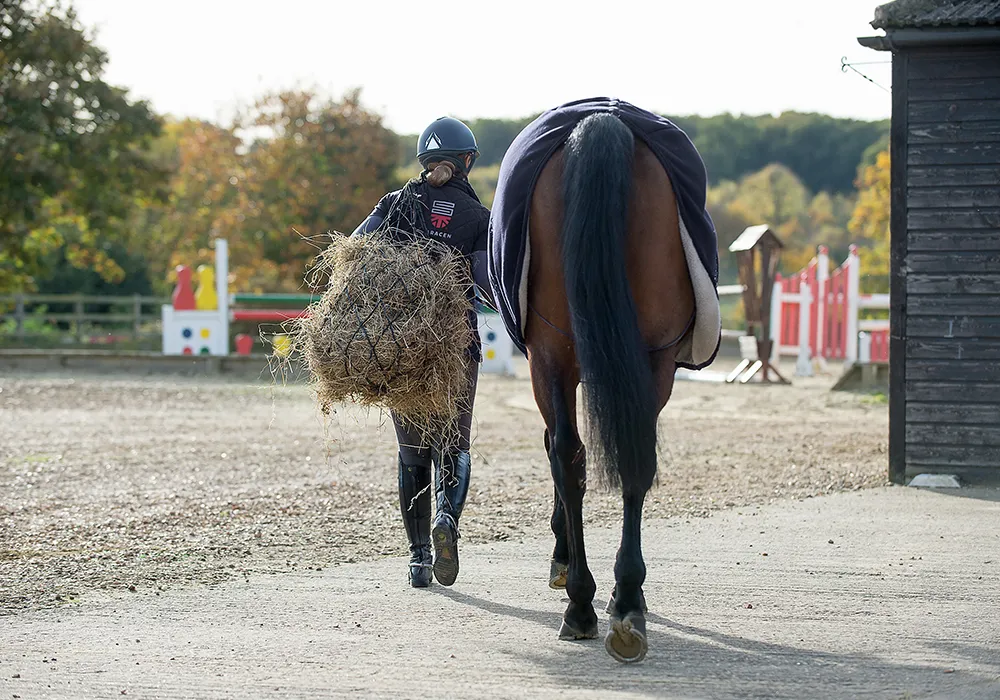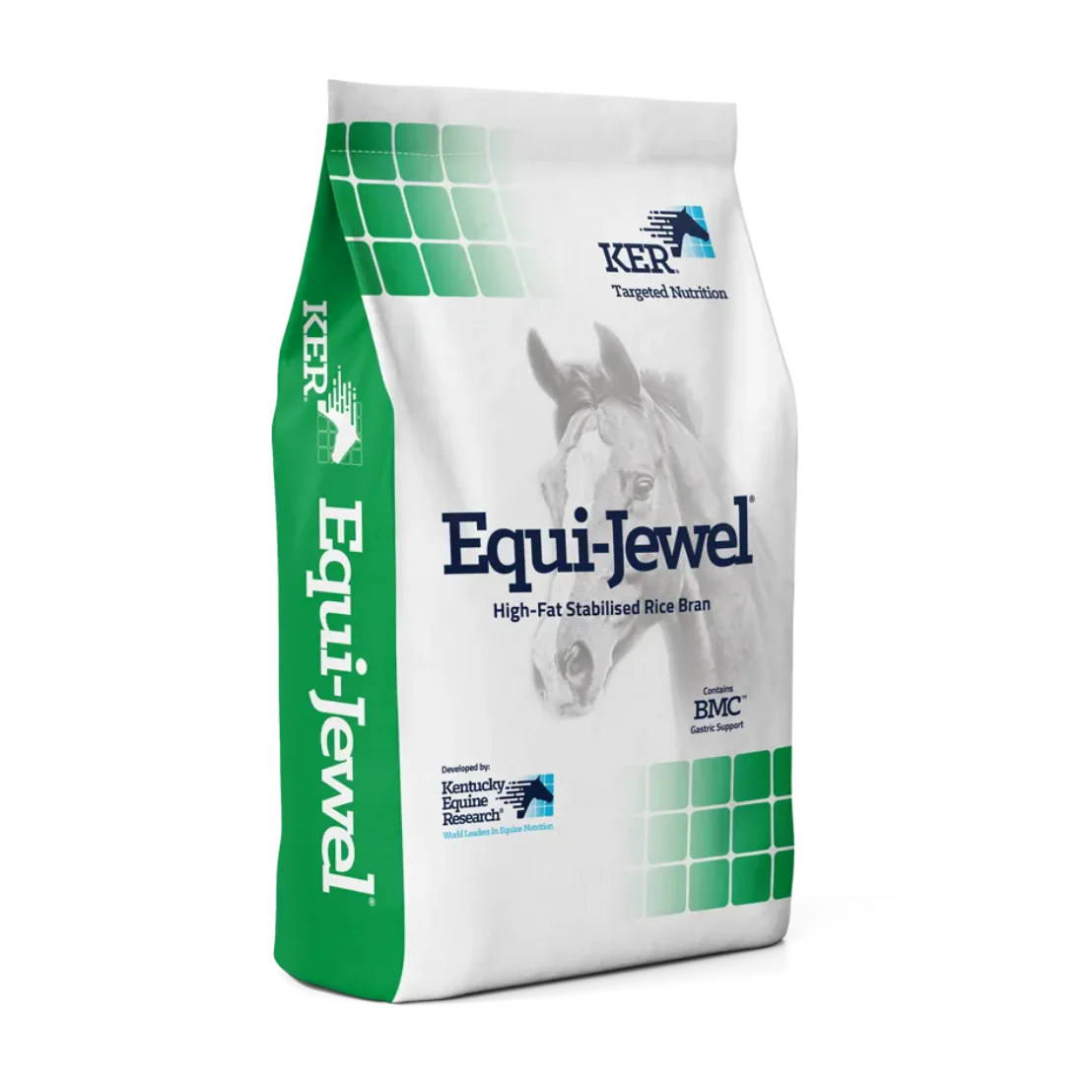Articles, case studies & advice
Expert tips and insights to keep your horse healthy, happy, and well-fed.
Articles
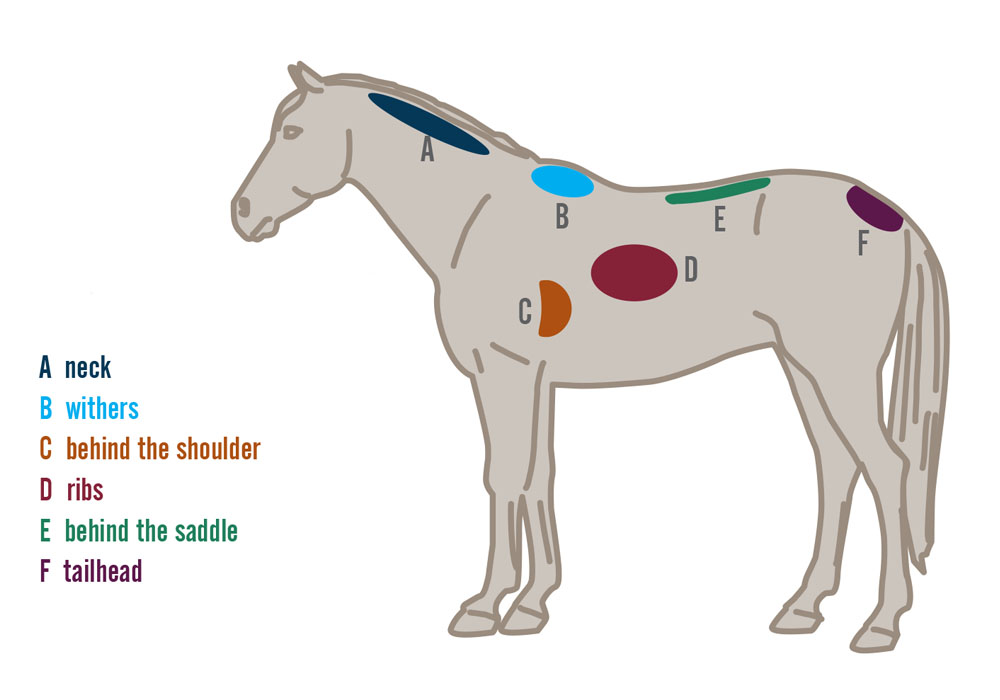
Feeding the Ex-Racehorse: Feeding for Weight Maintenance
The main error that many owners make when feeding a horse fresh out of training is to place them on a horse and pony mix or cube simply because it is low in energy.

Saracen's New Brand Identity
A clearer Saracen: modern look, proven feed, future-focused.

Nutritional Management of Muscle Myopathies
There are some simple dietary adjustments that can put into place to help reduce the risk of tying-up, or other symptoms of muscle myopathies.

Weight Management: Increase Cardiovascular Exercise
Exercise is an essential part of a weight-loss program; a horse will only lose weight if he is expending more energy than he is consuming.

A Royal Moment for Saracen
A few weeks ago at the height of Summer, our very own Lizzie Drury represented Saracen Horse Feeds at Windsor Castle to mark a milestone we’re incredibly proud of, receiving the King’s Award for Enterprise in International Trade.

Feeding the Ex-Racehorse: the Importance of Forage
The diet of a racehorse is much lower in forage than leisure and competition horses, and they may not have been turned out to grass for many months.
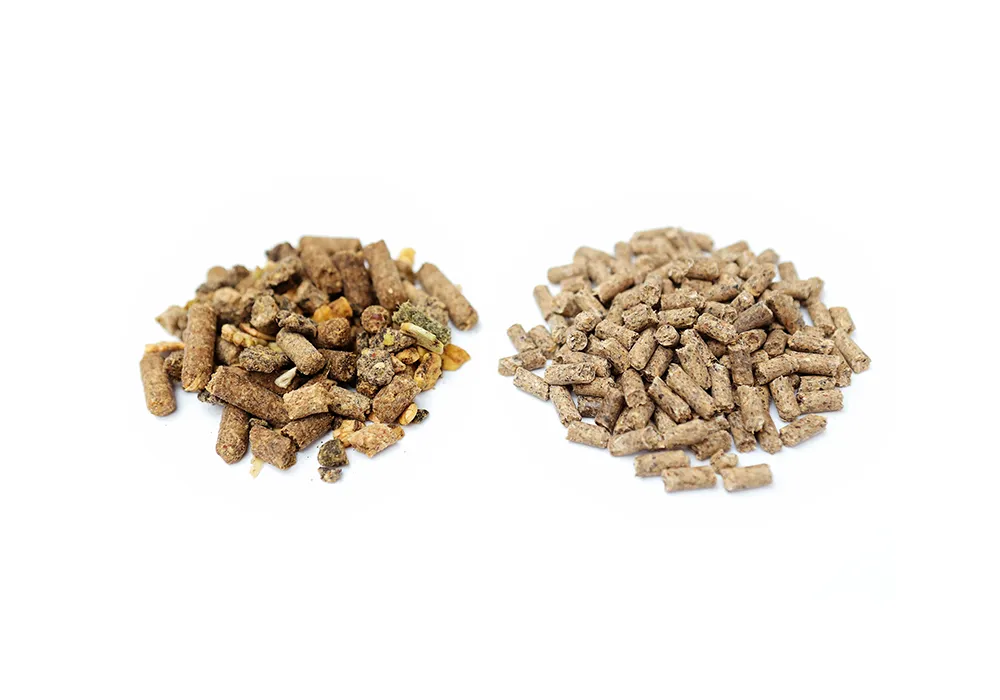
Feed Ingredients for Horses
Discover the key horse feed ingredients used in Saracen Horse Feeds and why they matter. Learn how fibre, cereals, protein, oils, vitamins, and minerals support equine health, condition, and performance.

Nutritional Management to reduce the risk of Gastric Ulcers
Back to basics feeding rules.
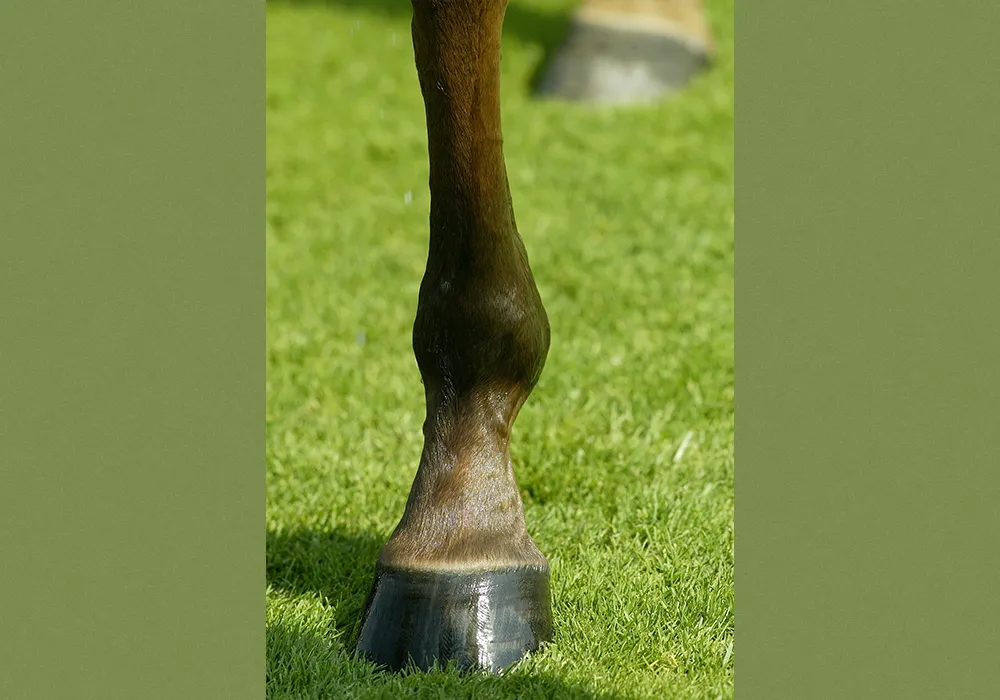
Feeding the Ex-Racehorse: Improving Hoof Quality
Providing a balanced diet or feeding a balancer that contains a healthy hoof package will ensure that the hooves are provided with all the essential nutrients that they require to grow.


